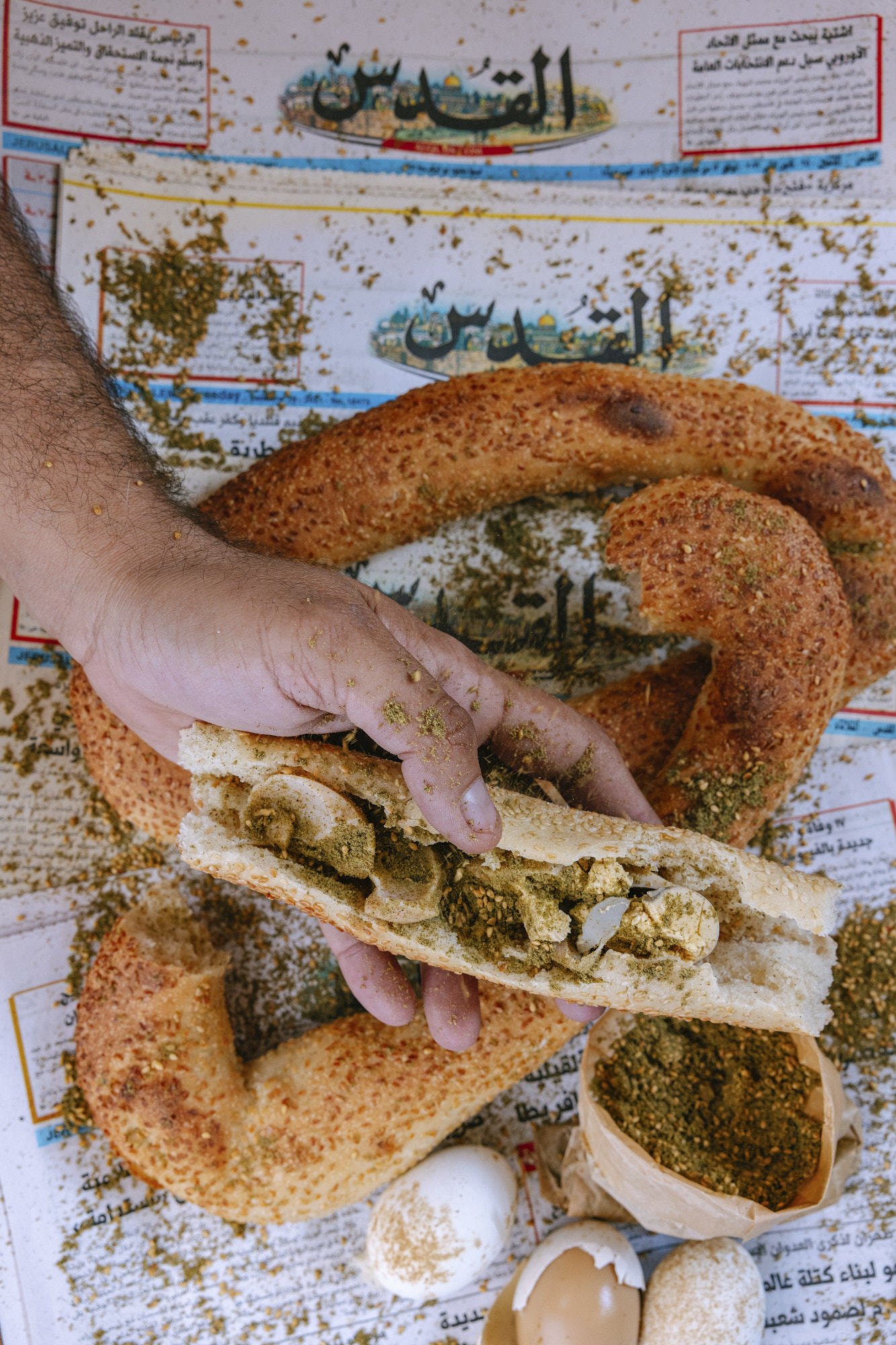

Listen, I’ve worked with more Italians than the fucking Embassy. Everyone does it different, everyone else’s is wrong, blah blah blah. We all need to know how to make a proper ragù. I say proper, but let’s say decent, coz someone somewhere is turning in their grave saying, ‘He’s doing it wrong.’ Honestly, I’m absolutely sick of making them, BUT it’s something we should all have in our repertoires as, from ‘spag bol’ to lasagne, a good ragù is a game-changer. If I had an Italian nonna, I’m sure I’d get a little cheeky smile and a wink for the skills. Love you imaginary nonna, this one’s for you. Forza Italia.
Serves: 4
Season: Autumn/Winter
Photography:
500g diced pork shoulder
500g diced chuck steak
2 red onions, finely diced
1 white onion, finely diced
2 carrots, finely diced
2 celery sticks, finely diced
4 garlic cloves, thinly sliced
3g fresh thyme
3 bay leaves
175ml red wine
700g canned tomatoes
1 quantity Rich Egg Yolk Pasta Dough or 400g dried pappardelle
semolina, for dusting (optional)
a handful of flat-leaf parsley, very finely chopped
olive oil
sea salt and black pepper
Rich Egg Yolk Pasta dough
MAKES 1.2KG
700g ‘00’ flour
24 free-range egg yolks
2 whole eggs
Method
-
Start off by seasoning your diced meat heavily with salt and pepper. Stick a high-sided saucepan over a medium heat with a glug of olive oil and seal the meat so it’s brown on all sides – no colour = no flavour. Once all the meat is coloured, set to one side and throw in the onions, carrots and celery and fry them off gently. We want a deep colour – we’re talking about 45 minutes to build a depth of flavour and sweetness that’s gonna run all the way through the ragu. We can’t rush this shit. If you make this and it’s not nice, it’s because you’ve not cooked the base long enough.
-
Once the vegetables are dark and sweet but not burnt, add your garlic, thyme and bay leaves and fry for 5 minutes. Add your sealed meat back in, then deglaze the pan with the red wine over a high heat and reduce by half. Add the tomatoes and 600 ml/1 pint water. Bring to the boil and cook over a medium heat for 15 minutes, until the sauce has reduced by half. Add 400ml/14fl oz water, cover with a lid and simmer for at least 2. hours, until the meat is completely soft and can be pulled apart with a spoon.
-
To make the pasta dough (if using), turn your flour on to a work surface and make a well
in the middle that will hold all of your eggs. Add your yolks and whole eggs into the middle of your flour. Using your fingers, slowly stir the eggs round, bringing in a little more flour from the edges each time. Continue to do this until it’s too hard to stir. Using a pastry scraper, fold the rest of your flour in and chop it through, mixing wet into dry until it forms a rough dough. If you’ve got a wooden chopping board, knead your pasta dough on the wood to draw out the moisture. I knead pasta for 20 minutes. Not joking. Like four songs on your playlist. You want to knead the dough until it’s smooth and leathery. Wrap in clingfilm and chill for no less than an hour. -
Pappardelle is probably the easiest pasta to roll. Roll the dough down to level 2, working your way down number by number and making sure you go through each number twice. Cut the pasta into more manageable lengths – about 30cm. I like pappardelle to be about a finger-width wide, but you can go for two fingers wide or even a little less – there aren’t any rules. Cut the pasta into strips vertically – 125g is more than enough per person. Make sure to give the pasta a dusting of semolina once it’s done to stop it from all sticking together. You can store the pasta in the fridge for 2 days tops, but I find it’s best eaten on the day the dough is made. -
If you’re using fresh pasta, it’ll cook pretty quickly. If you’re using dried, go a little fancier and try a dried egg pasta, it’s worth the extra couple of quid.
-
Two tablespoons of ragu is enough for one portion with this one, if you finish a pasta correctly, there doesn’t have to be loads of meat in your ragu. Add eight tablepoons of ragu to a frying pan with a couple splashes of your pasta cooking water to loosen it.
-
Bring a pan of salted water up to a rolling boil. Drop your pasta into the boiling water. Once your pasta is 90% cooked, add it to the ragu. Add another couple of splashes of pasta cooking water as the pasta will suck up all the moisture in the pan. Gently toss the pasta and the ragu together. Once again, the pasta will start to suck up the ragu. Add a little more pasta water and a good few glugs of olive oil. Give it a toss and, when the liquid in the pan starts to thicken, add the parsley. Stir it through and you’re good to go.
Read more: Home
Hasan’s food is laced with familiar Mediterranean influences from his Cypriot heritage as well as from his time working in professional kitchens across London, and the way he writes is entirely true to him. Reading his cookbook is like sharing a meal with him, side by side at the same table. He welcomes you into his home and the food he grew up eating. Big Has HOME: Recipes from north London to north Cyprus (Pavilion Books). Photography Haarala Hamilton.






